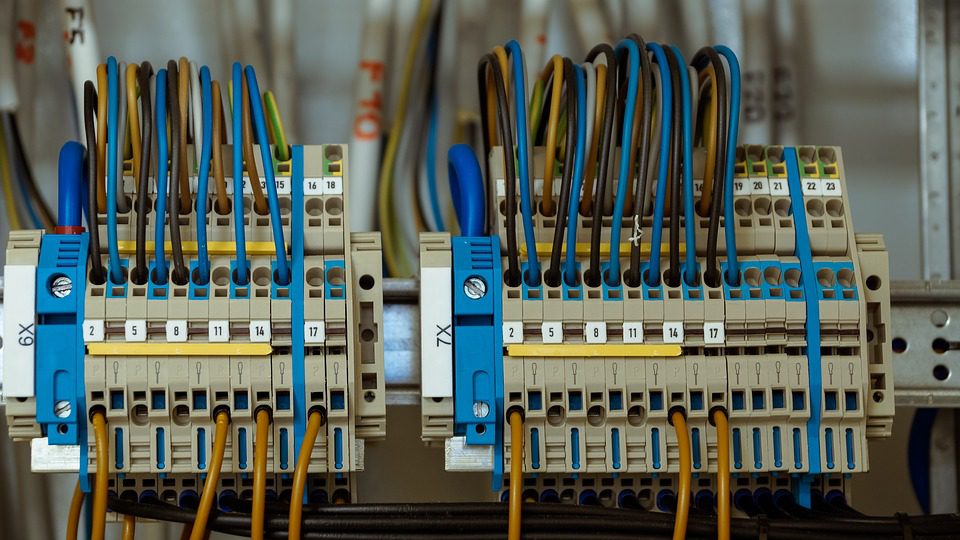The cable assembly is a key component of any electrical or electronic system. But while the cable assembly is critical, engineers and designers often overlook it. In most cases, the design of the cable assembly is treated more like an afterthought.

(Pixabay / Taken)
Designers of electrical and electronic systems must address the creation of the cable assembly early on in order to facilitate a design that fits the intended application. Every component has an impact on the finished assembly that will ultimately impact the quality of the system.
Components of the cable assembly must be able to withstand the expected flex associated with dynamic installation. Modifications must be incorporated into the components depending on the environment they will be used in. For example, a cable assembly that will function in a harsh environment should be designed differently than one that will be used in a clean room.
The type and number of circuits in the assembly must match up with the assembly’s intended use. Copper is the most versatile conductor material. It is compatible with various coatings, making it the material of choice in conductors. Copper alloy or copper-clad steel provides better strength. The addition of other metals makes copper more resilient in various conditions. Bare copper is not used as a conductor because it is prone to corrosion. This is why people see copper coated with different metals.
Conduction materials need to be insulated or sheathed in thermoplastic compositions. Just as with the conductor, the type of insulation depends on the application of the cable assembly and the environment in which it will be used. The voltage levels also dictate what type of insulation or sheath will be needed.
Cable assemblies used for telecommunications face another problem – electromagnetic interference. Communication cables paired next to each other for long distances are susceptible to EMI, inducing crosstalk with the adjacent pair. So rather than an afterthought, cable assembly should be considered in the earliest phases of design. Electronics manufacturing services should factor the future use of the cable into initial discussions and planning in order to achieve optimal results.
